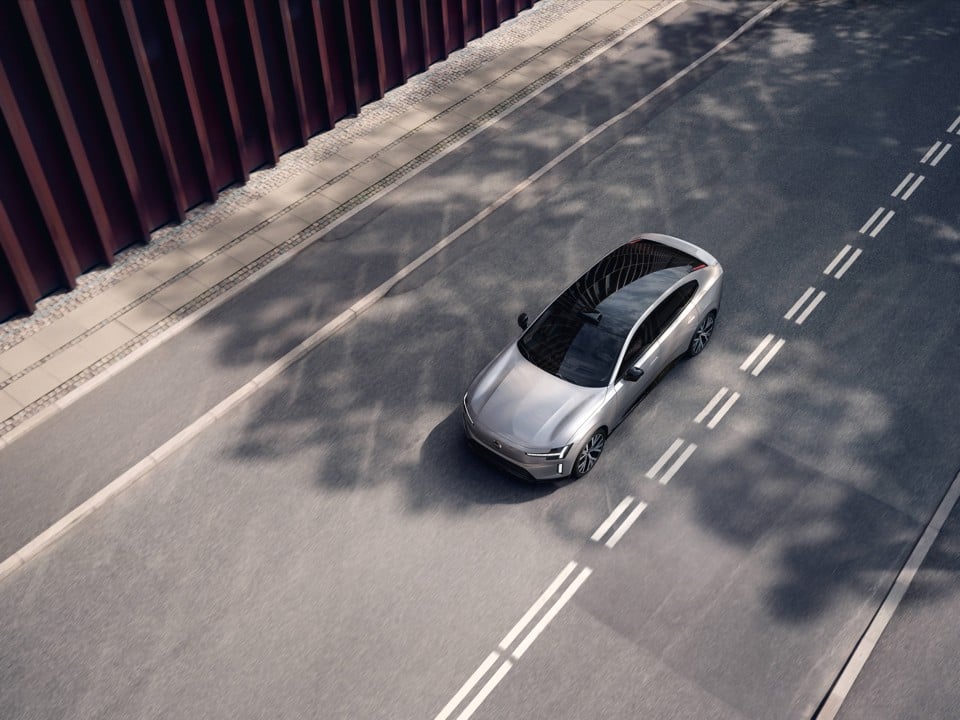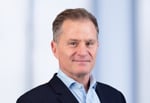Volvo is to reduce its global workforce by approximately 3,000 positions, as part of an SEK 18 billion (£1.39 billion) cost-saving initiative designed to future-proof the business.
The announcement comes off the back of a record-breaking year for the Swedish car maker. In 2024, Volvo Cars reported core operating profits of SEK 27bn, on revenue of SEK 400.2bn. Global sales also hit an all-time high of 763,389 vehicles.
Despite these strong financials, Volvo, like many car makers, is facing mounting cost pressures due to macroeconomic uncertainty, supply chain volatility, and the high capital expenditure demands of electrification.
The reductions will primarily affect office-based staff in Sweden, with around 1,200 employee roles and 1,000 consultant contracts being terminated in that market. The remainder of the job cuts will be distributed across the car maker’s global operations.
Volvo said the redundancies are part of a broader strategy to create a “leaner, more efficient organisation with a structurally lower cost base.” The cuts represent approximately 15% of Volvo’s global office-based workforce.
“These have been difficult decisions, but they are important steps as we build a stronger and even more resilient Volvo Cars,” said Håkan Samuelsson, Volvo president and CEO.
“The automotive industry is in the middle of a challenging period. To address this, we must improve our cash flow generation and structurally lower our costs.”
The Gothenburg-based OEM is in the midst of a major transformation, doubling down on its ambition to become a fully electric carmaker.
Executives reaffirmed this goal, calling electrification the fastest-growing and most strategically vital market segment. The company expects to complete the structural reorganisation by autumn.
A one-time restructuring charge of up to SEK 1.5 billion is anticipated in Q2 2025, with financial benefits from the move expected to materialise from Q4 2025 into 2026. Further details are due when Volvo presents its second-quarter financial results on July 17.




















Login to comment
Comments
No comments have been made yet.